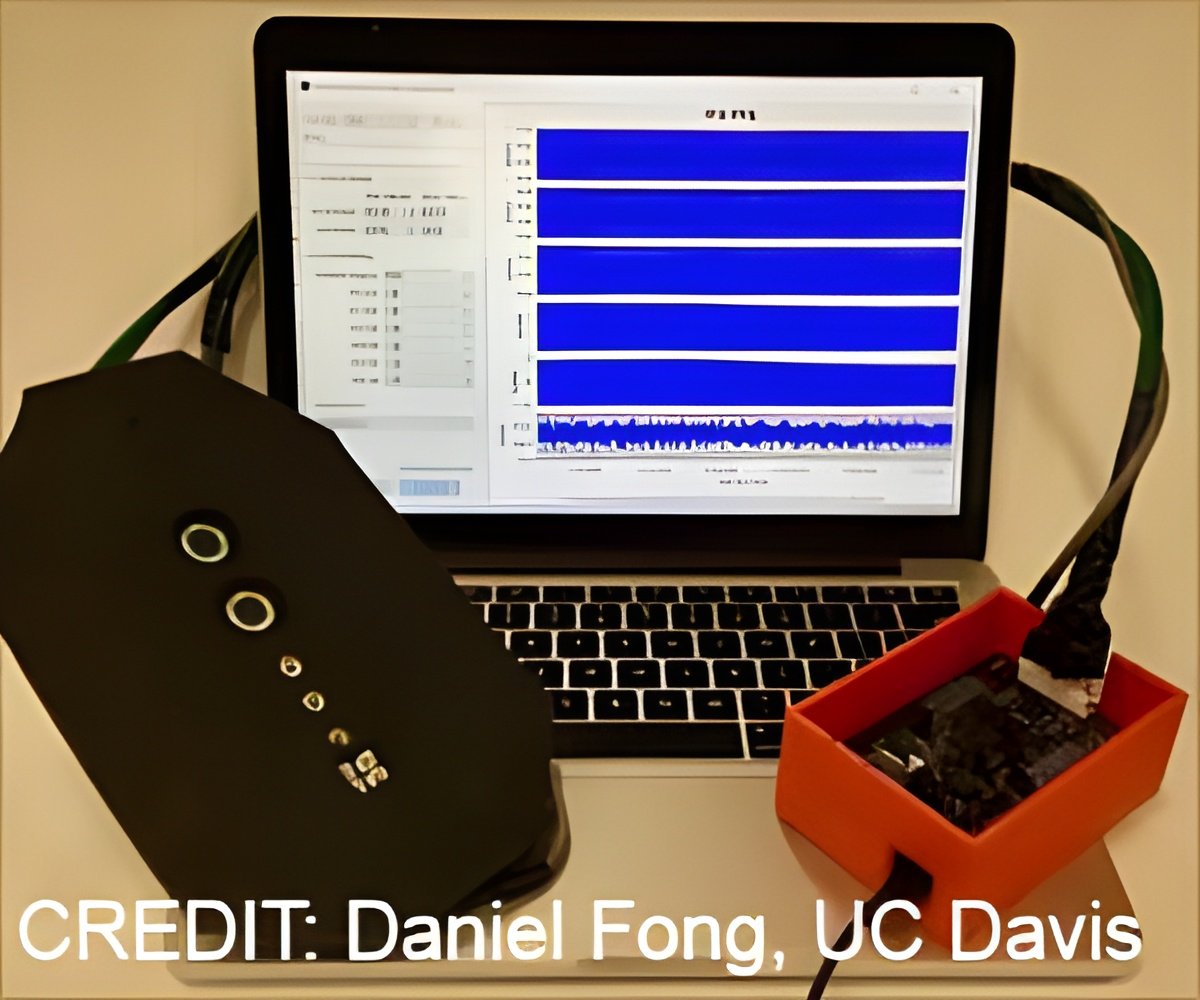Non-invasive fetal oxygen monitor directly measures blood oxygen saturation in a fetus during labor, which could reduce the rate of Cesarean sections and improve outcomes in difficult deliveries.

‘Transabdominal fetal oximetry can improve fetal outcomes by providing obstetricians with a non-invasive measure of fetal oxygen saturation before delivery.
’





This practice has led to a high C-sections rate but without much improvement in the rate of fetal complications associated with oxygen deficiency. "We wondered if we could build a device to directly measure fetal blood oxygen saturation," said Soheil Ghiasi, professor of electrical and computer engineering at UC Davis.
Results from work have been presented at the Society for Maternal-Fetal Medicine pregnancy meeting in Grapevine, Texas in February, and in an upcoming issue of IEEE Transactions in Biomedical Engineering.
Direct measurement of fetal blood oxygen saturation
The new device is based on the same principle as the oximeter you might have slipped on your finger at the doctor's office. Hemoglobin in red blood cells absorbs colors of light differently depending on how much oxygen it has bound. A finger oximeter measures different wavelengths of light to calculate the oxygen saturation in your blood.
Advertisement
Second, there's the problem of separating the signal from fetal blood from that of the mother.
Advertisement
Ghiasi became interested in the problem when he and his wife had their first child five years ago. Although like many couples, they had wanted a natural childbirth, they found that the care team soon recommended C-section based on fetal monitoring.
Source-Eurekalert









